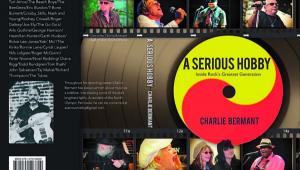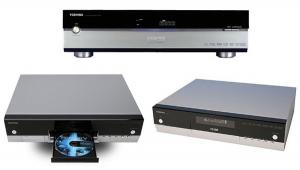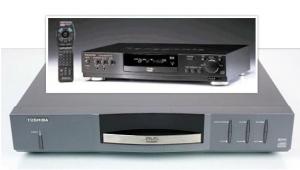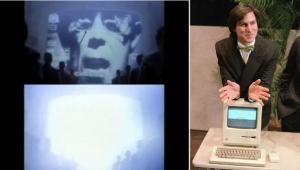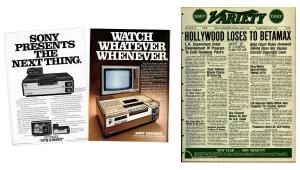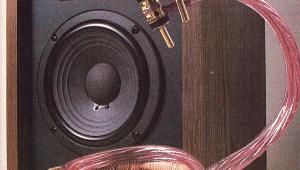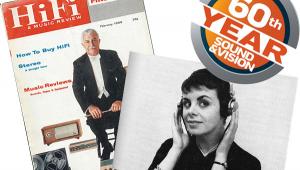Speaker Cables: Can You Hear the Difference? Test Methods And Equipment
Both parts of the listening test, the open and the controlled, were performed in a sparsely furnished living room measuring 18 x 11 x 28 feet. The hardwood oak floor is covered with a Persian area rug, and sheet-rock walls and large glass windows rise to a “semi-cathedral” ceiling. Acoustically the room is very live, with a reverberation time of about 1 second.
High-end equipment was used throughout the test setup. The system included an Accuphase AC-2 moving-coil cartridge (stylus wear approximately 75 hours), a Magnepan Unitrac 1 tone arm, and a Linn Sondek LP-12 turntable (Valhalla modification, of course). Other signal sources included a Tandberg TD-20A open-reel tape deck (special equalization model) running at 15 inches per second and a Magnavox FD 1000SL digital Compact Disc player. The Mark Levinson ML-7 stereo preamplifier that served as the control center was equipped with L-3 moving-coil phono sections. Levinson silver interconnect cable ran from the ML-7 to the power amplifier.
During the open listening sessions a number of high-quality power amplifiers were used, including an Electrocompaniet Ampliwire 1, a Mark Levinson ML-9, and a Perreaux PMF 2150B. Each of these high-power units had been tested previously and found to be in perfect working order. For the controlled listening tests we chose the Perreaux unit (more than 200 watts per channel).
The speakers were installed 6 feet apart along the room’s short wall and about 2 feet out from each side wall. Infinity RS-3A, Spendor BC-I, and KEF 105.2 systems were all employed in the early trial sessions and during the open listening phase. Only the KEF’s were used during the controlled tests because of their built-in overdrive protection. Each listener was allowed to set the volume level to his taste at the beginning of his part of the controlled listening test; the volume was then left at that level for the entire test session. For one of the Monster Cable/24-gauge comparisons the two cables were matched in gain level within 1 dB using a potentiometer connected between the preamplifier and power amplifier and an Ivie IV-10 spectrum analyzer.
Program material for the open listening tests included a wide range of sources and musical styles. Among the recordings used were the pink-noise band from Telarc’s “Omnidisc” test album (Telarc DG-10073/74), Mozart arias from Philips 9500 098, percussion instruments from Harry Patch’s Delusion of the Fury (Columbia M2 30576), Karla Bonoff’s Restless Nights (Columbia JC 35799), Berlioz’s Symphonie Fantastique (Reference Recording R-11), and two selections from a Philips CD sampler disc (801 027 2), Elton John’s rendition of “Blue Eyes” and “Once Upon a Time in the West” by Dire Straits.
The program material for the controlled tests was restricted to only two selections. The 3-minute pink-noise band from the “Omnidisc” was chosen by the panel as most revealing of subtle sonic differences. Choral music sung by the 300-voice Jay Welch Chorale (Varese Sarabande VSD l000) was chosen because of the disc’s unusual degree of stereo separation and the vocal resonances in the male chorus.
